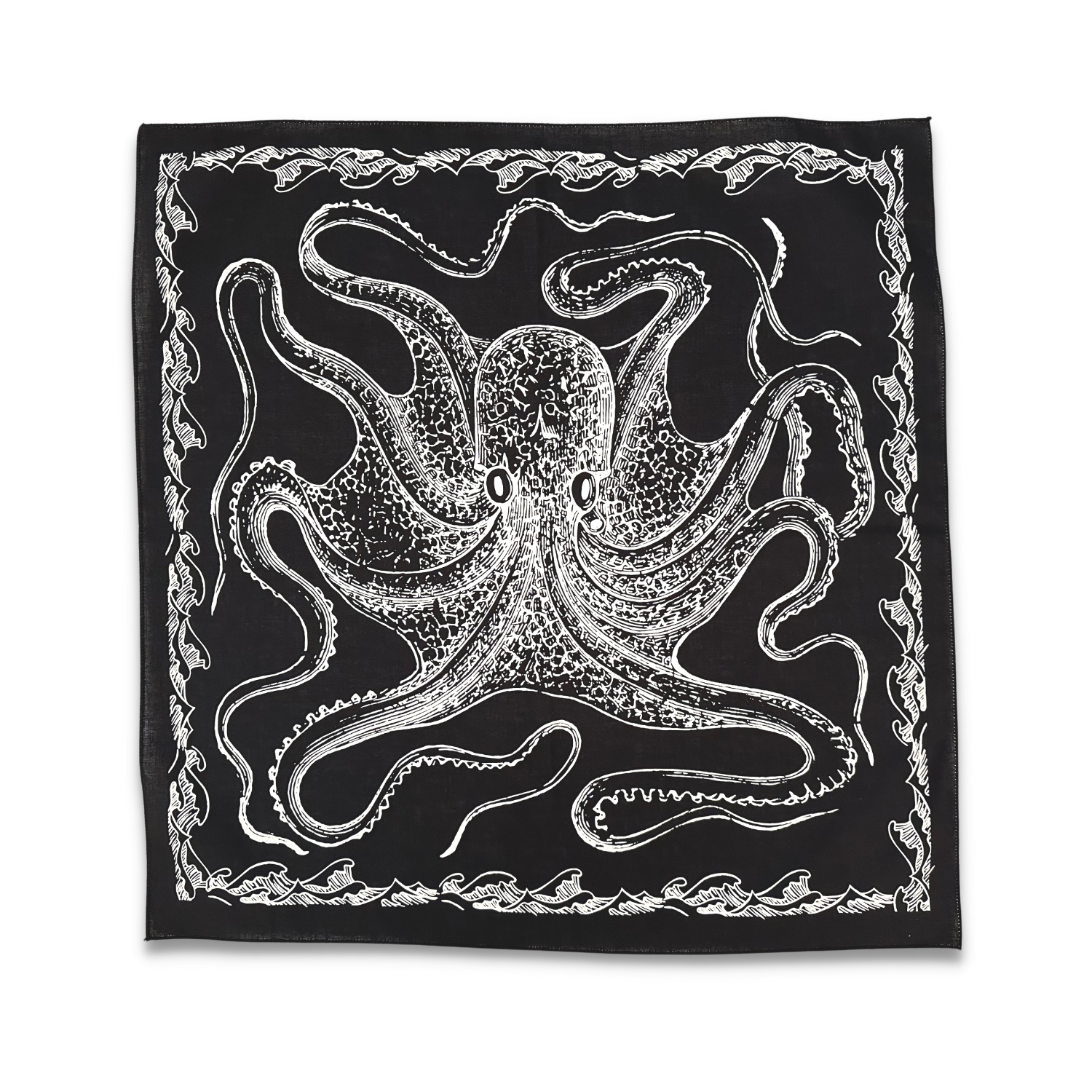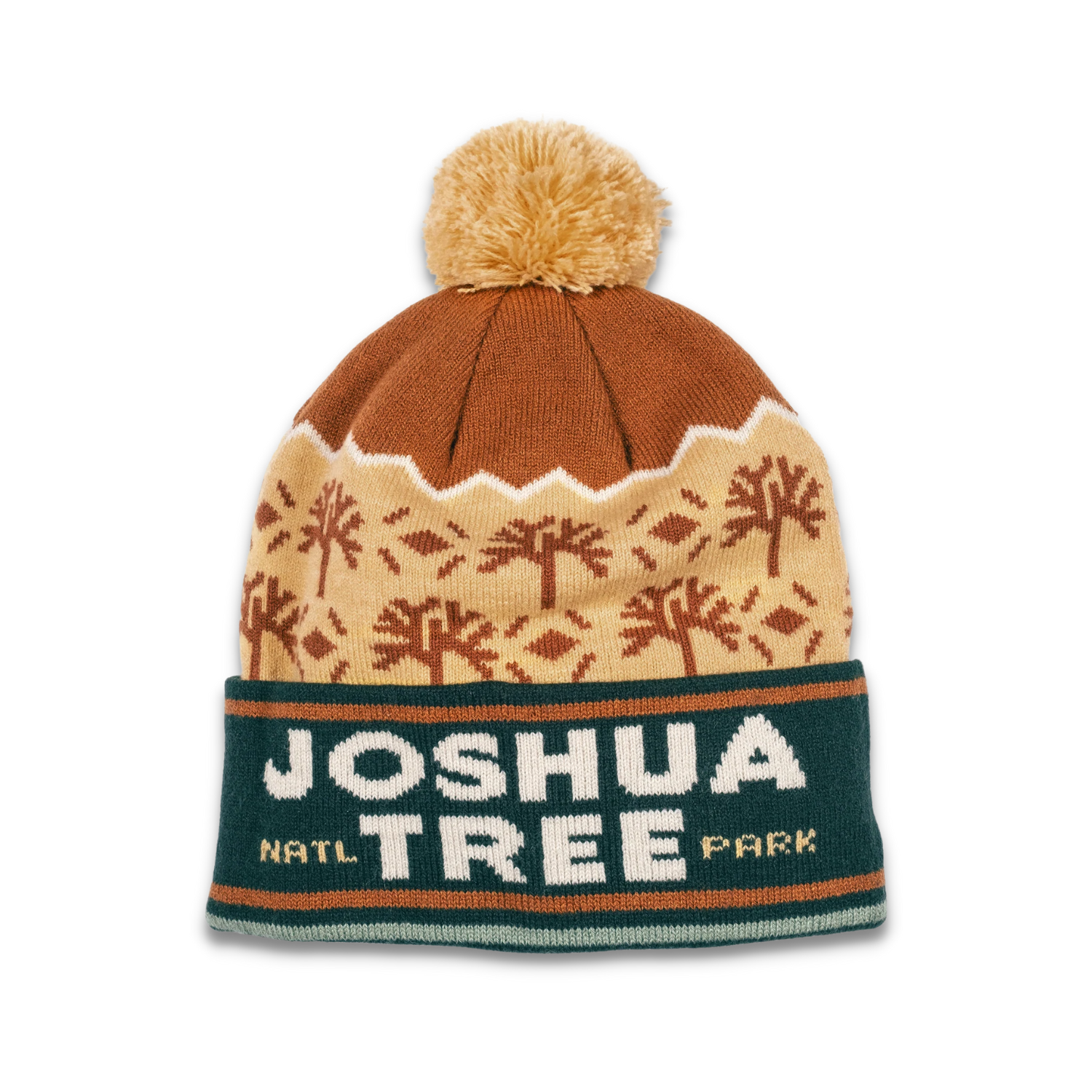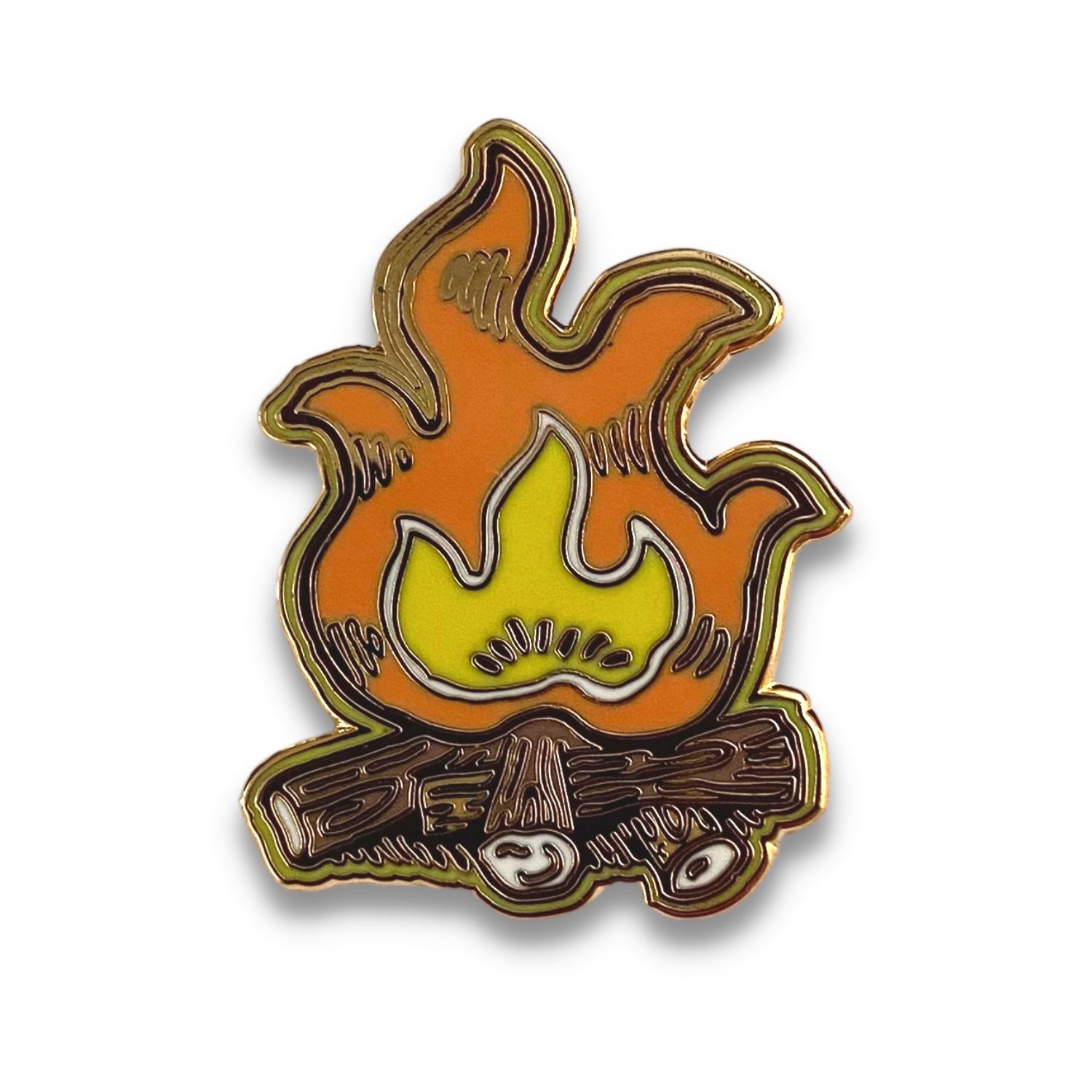Fashion is a vivid tapestry of history, reflecting the cultural, political, and economic trends of its times. Each decade boasts its unique style, shaped by the icons of the era, technological advancements, and prevailing societal attitudes. This article takes you on a sartorial journey through the decades, highlighting the iconic styles that defined each period and how they continue to influence fashion today.
The Roaring '20s: Flappers and Elegance
The 1920s were marked by significant social change and economic prosperity. Women gained the right to vote, and the flapper subculture emerged, challenging traditional norms. Fashion mirrored this liberation. Hemlines rose, waistlines dropped, and the flapper dress became the symbol of the decade. Men's fashion saw the rise of the pinstripe suit, reflecting the era's opulence. The '20s were also a time of art deco influence, which is still evident in jewelry and accessories today.
The 1930s-1940s: Glamour in the Midst of Turmoil
The Great Depression and World War II had a profound impact on fashion. The '30s saw a return to a more conservative style, with longer hemlines and a focus on elegant, flowing silhouettes. Hollywood's golden age brought a sense of escapism and glamour, epitomized by stars like Katharine Hepburn and Greta Garbo. The '40s introduced utility clothing due to wartime rationing, with simple lines and minimal embellishment. The post-war period saw a return to femininity with Christian Dior's "New Look," characterized by cinched waists and full skirts.
The Swinging '60s: Youth Culture and Rebellion
The 1960s were all about youth, rebellion, and breaking the mold. The decade saw the rise of mini skirts, thanks to designer Mary Quant, and bold, geometric prints. It was also the era of the Mod subculture, with its sleek, tailored looks. Men's fashion loosened up with the decline of the formal suit and the introduction of casual, colorful clothing. The '60s also brought the space age into fashion, with futuristic designs and materials reflecting the excitement of the space race.
The Eclectic '70s: From Disco to Punk
The 1970s were a decade of diversity in fashion. On one end, there was the glam of disco, with its sequins, flares, and platform shoes. On the other, the punk movement rebelled against this extravagance with its DIY aesthetic and anti-establishment attitude. The '70s also saw the rise of the bohemian look, with flowing maxi dresses and peasant blouses. This decade was about freedom of expression, a theme that continues to resonate in fashion.
The Bold '80s: Power Dressing and Excess
The 1980s were characterized by economic growth, technological advancement, and a culture of excess. Fashion reflected this with bold colors, exaggerated silhouettes, and shoulder pads. Power dressing became a trend, symbolizing women's increasing role in the workforce. The '80s also saw the rise of designer labels as status symbols and the emergence of the supermodel. Today, the decade's influence is evident in the resurgence of bold prints and relaxed tailoring.
The Minimalist '90s: Grunge and Simplicity
In reaction to the '80s excess, the 1990s embraced minimalism. The grunge movement brought flannel shirts and ripped jeans into the mainstream. Meanwhile, designers like Calvin Klein promoted a clean, understated aesthetic. The '90s were also about deconstructing fashion norms, with unisex styles and an emphasis on comfort. The decade's minimalist approach continues to influence contemporary designers.
Fashion is a reflection of its time, constantly evolving with the world's rhythm. Each decade leaves a lasting impact, influencing future generations and continually cycling back into vogue. From the flapper dresses of the '20s to the minimalism of the '90s, the iconic styles of each era offer endless inspiration. As we look back on these trends, we not only revisit the past but also reimagine it for the future, proving that in fashion, everything old is new again.




